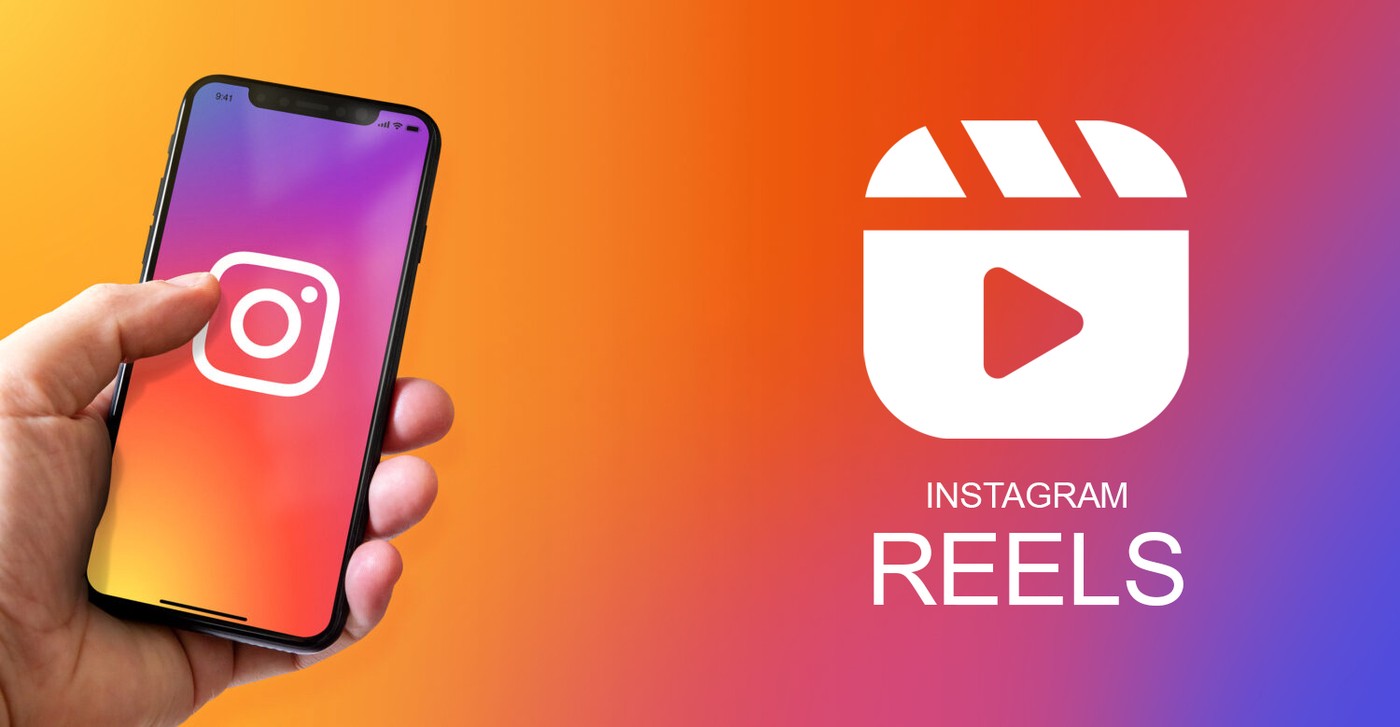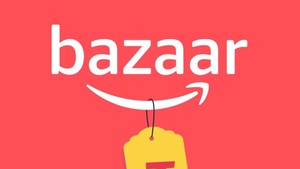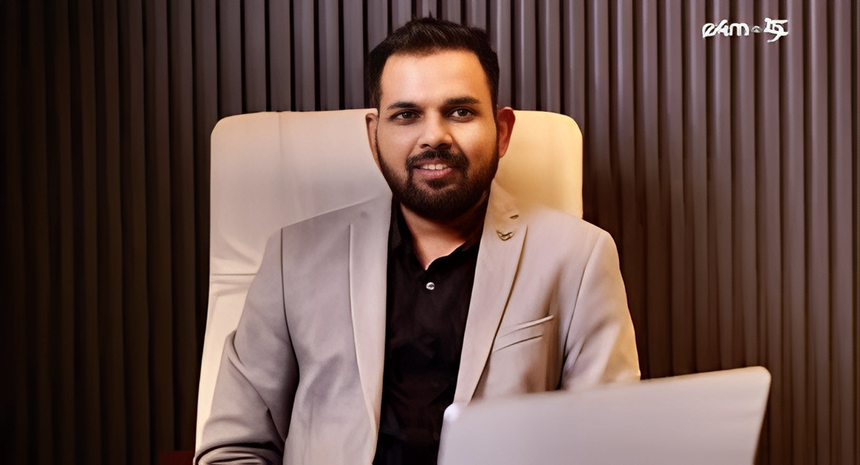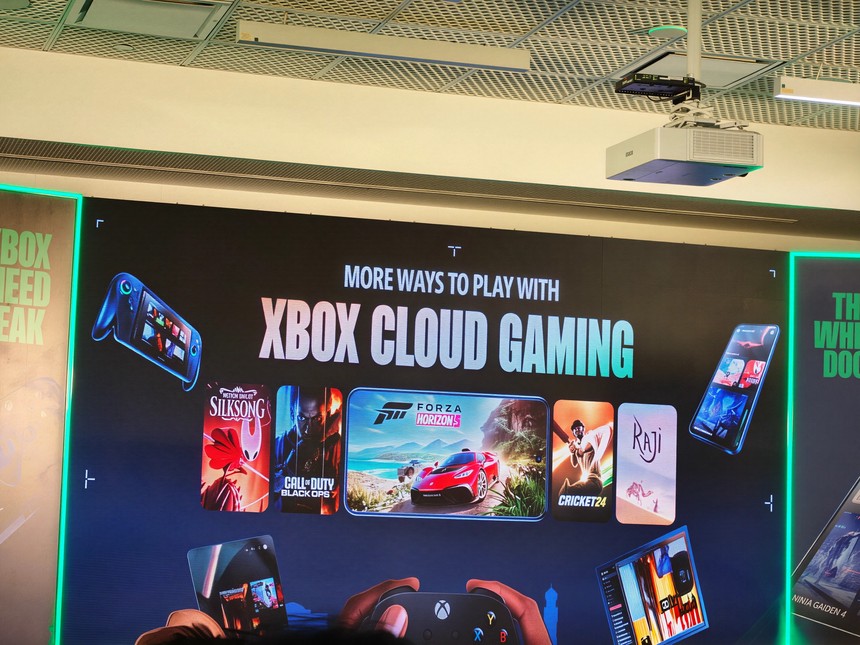Meta expands its AI dubbing feature to new languages
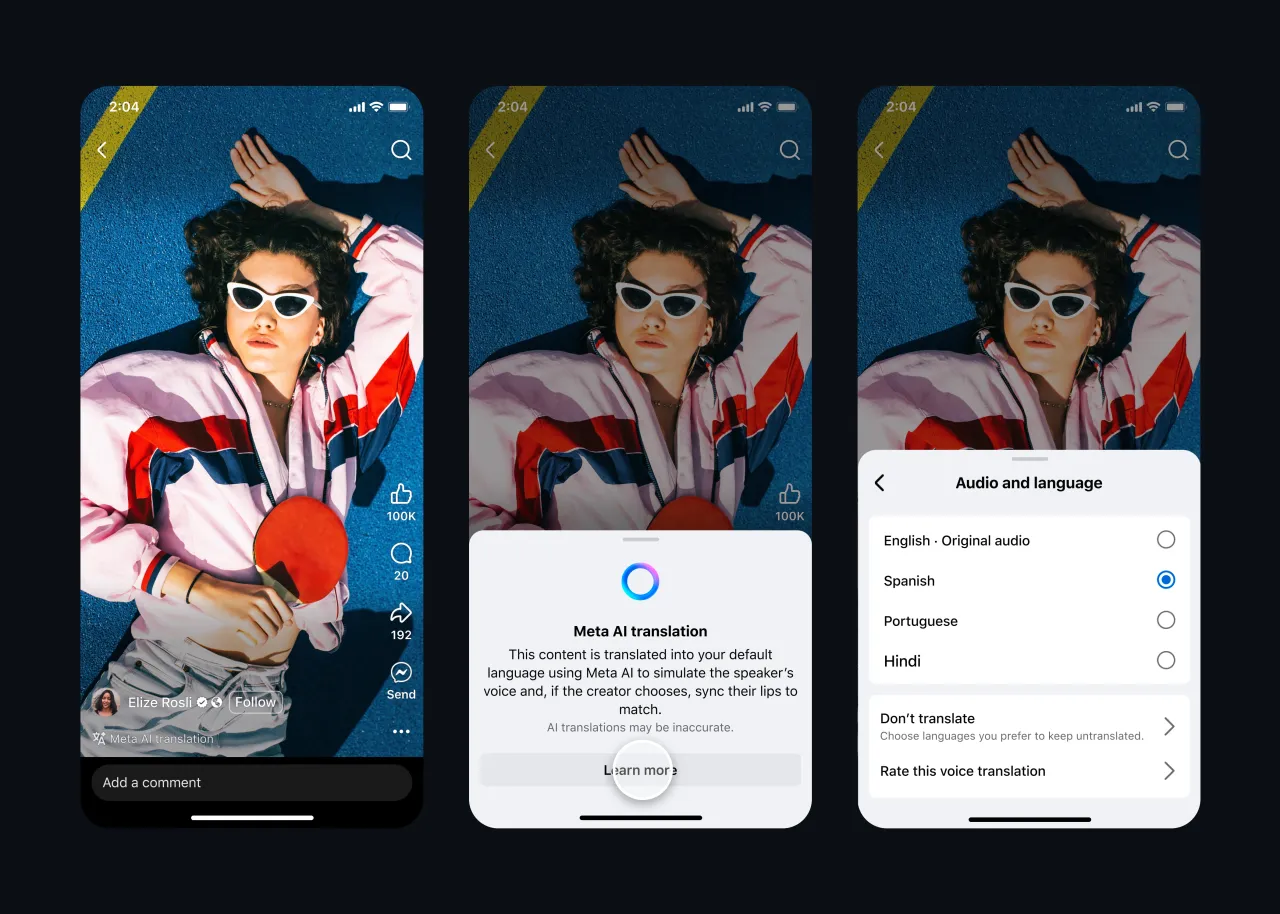
Meta has officially rolled out a major update to its Reels translation feature, bringing AI-powered dubbing in Hindi and Portuguese to both Instagram and Facebook. The expansion follows the initial rollout in English and Spanish earlier this year, marking a major step toward making content more globally accessible.
Instagram Head Adam Mosseri introduced the feature in a video where he spoke about the language gap in social media content, saying that most videos online are in languages users don’t understand, but that doesn’t mean they’re not interested in them. He then switched between Hindi, Spanish, and Portuguese—using Meta AI—to demonstrate how the new dubbing feature works.
How the new feature works
The new dubbing feature uses Meta’s advanced AI model to replicate a creator’s voice, tone, and emotion while translating their Reels. Instead of sounding robotic or generic, the AI ensures that the translated version of the Reel feels authentic and natural.
Meta has also added an optional lip-syncing tool to make the dubbed Reels look more realistic. This feature adjusts the video to match the translated voice with the creator’s mouth movements, creating a smooth and lifelike effect that enhances the viewer experience.
The dubbed videos will include a small label that reads “Translated with Meta AI” to maintain transparency. Viewers will also be able to switch between the original and translated versions of a video by accessing the audio and language settings.
Creators can preview their translated Reels before posting, ensuring they are happy with the AI output. Once approved, the translated version is uploaded alongside the original, expanding the content’s reach across language barriers.
Accessibility and availability
The new dubbing feature will be available to public Instagram accounts in countries where Meta AI is active and to Facebook creators with more than 1,000 followers. Eligible users will see a new option titled “Translate your voice with Meta AI” while uploading a Reel.
By tapping this option, creators can choose their preferred translation language and decide whether to enable lip-syncing. Once the translation is processed, Meta will notify the user to review and approve the final dubbed version before it goes live.
A step toward more inclusive content
Meta’s push into AI voice translation reflects its growing focus on multilingual accessibility and inclusivity. India, one of Meta’s largest user bases, stands to benefit the most from this expansion, as Hindi remains one of the most widely spoken languages in the country’s creator community.
This update also enhances global reach for Indian creators who want their Reels to connect with audiences across borders without losing their original voice and style. For viewers, it promises a more engaging experience by making foreign-language content instantly understandable.
How it compares to YouTube’s dubbing
While YouTube already offers multilingual dubbing for creators, Meta’s approach stands out with its built-in AI transparency and user control. On Instagram and Facebook, both creators and viewers can choose to enable or disable AI translations, maintaining a sense of consent and clarity around AI-generated content.
Meta’s decision to label all AI-translated Reels ensures that audiences remain aware of where artificial intelligence has been applied, balancing innovation with accountability.
The future of AI-powered storytelling
This feature marks another milestone in Meta’s broader strategy to blend generative AI with social media storytelling. From automated captions to AI-generated backgrounds and now real-time voice translations, the company is steadily reshaping how creators produce and share content.
With AI dubbing in Hindi and Portuguese, Instagram is not only empowering creators but also bridging linguistic and cultural divides that once limited the reach of digital storytelling. As Meta continues to refine this technology, we can expect more languages and advanced personalization options to follow soon.
Follow Tech Moves on Instagram and Facebook for more updates on AI, social media innovations, and the latest in tech-driven creativity.


